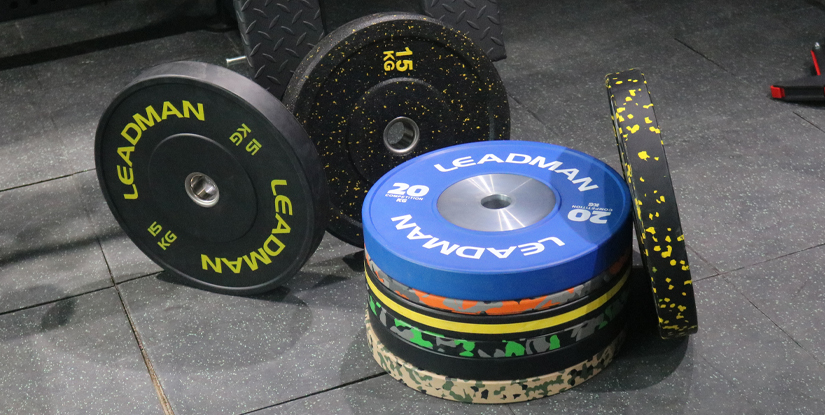Wide Lat Pulldown: Technique, Benefits & Variations for Back Development

Wide Lat Pulldown: Professional Guide
The wide-grip lat pulldown is a foundational pulling exercise for developing the latissimus dorsi, improving shoulder stability, and enhancing overall back width. Executed correctly, it builds a strong, balanced posterior chain and complements compound lifts such as deadlifts and rows. This guide covers anatomy, setup, precise technique, programming, variations, common errors, equipment considerations, and safety.
Primary muscles targeted
- Latissimus dorsi (primary)
- Terres major and minor
- Rhomboids and middle trapezius (retraction)
- Biceps brachii and brachialis (secondary pulling muscles)
- Posterior deltoid and rotator cuff for stabilization
Benefits
- Increases back width and creates a V-taper appearance.
- Improves scapular control and posture when performed with full retraction.
- Transfers to improved performance in other pulling movements.
- Provides a scalable alternative to pull-ups for progressive overload.
Setup and precise technique
- Adjust the knee pad to secure your thighs; feet should be flat on the floor for stability.
- Choose a wide grip: typically outside shoulder width, using a straight bar or lat bar with hands in pronation.
- Start with your chest up, scapula slightly retracted, and a natural lumbar curve — avoid excessive arching.
- Initiate the movement by pulling the elbows down and back, driving the elbows toward the hips rather than pulling with the hands.
- Bring the bar to the upper chest or clavicular area; avoid pulling behind the neck to reduce shoulder impingement risk.
- Pause briefly at peak contraction while maintaining scapular retraction, then control the eccentric return until arms are nearly extended.
Breathing and tempo
- Inhale during the eccentric (bar returning to top), and exhale as you perform the concentric pull down.
- Recommended tempo: 1–2 seconds concentric, 2–3 seconds eccentric for muscular control and hypertrophy.
Programming guidelines
- Hypertrophy: 3–4 sets of 8–12 reps with moderate load and controlled tempo.
- Strength: 4–6 sets of 4–6 reps with heavier load, longer rest (2–3 minutes), and strict form.
- Endurance: 2–3 sets of 15–20+ reps with lighter resistance and focus on tempo.
- Frequency: 1–3 sessions per week depending on volume allocation and recovery.
Effective variations
- Close-grip lat pulldown: emphasizes lower lats and biceps.
- Neutral-grip (V-bar): reduces shoulder strain and targets mid-back.
- Single-arm cable pulldown: corrects asymmetries and increases core demand.
- Behind-the-neck (not recommended): higher injury risk; avoid for most athletes.
Common mistakes to avoid
- Using momentum or excessive torso lean to complete reps.
- Pulling the bar behind the neck, which can impinge shoulders.
- Allowing the shoulders to shrug; maintain scapular control throughout.
- Using an excessively narrow grip when the goal is width development.
Equipment selection and maintenance
- Choose a smooth, well-maintained pulley with appropriate cable tension to ensure consistent resistance.
- Use padding on the knee hold-down to prevent slipping during heavy sets.
- Inspect the bar and attachment for wear; replace frayed cables immediately for safety.
Safety considerations
- Warm up the shoulders and thoracic spine before heavy sets with band pull-aparts and controlled row variations.
- Progress load gradually, prioritizing technique over weight to minimize injury risk.
- If you experience anterior shoulder pain, reduce range of motion or opt for neutral-grip variations.
Sample workouts
- Back hypertrophy session: Wide lat pulldown 4x10, Bent-over row 3x8, Single-arm cable row 3x12.
- Strength-focused: Wide lat pulldown 5x5 heavy, Weighted pull-up 4x4, Farmer carries for core stabilization.
FAQs
How wide should my grip be?
Wider than shoulder width, but not extreme; aim for a position that allows full elbow drive without shoulder strain.
Can I do lat pulldowns instead of pull-ups?
Yes. Lat pulldowns are an effective substitute and allow controlled progressive overload for strength and hypertrophy.
Should I lean back when pulling?
A slight lean (10–15 degrees) is acceptable, but avoid excessive torso swing to keep tension on the lats.
Is behind-the-neck pulldown safe?
Generally no. It increases shoulder impingement risk; front pulldowns are safer and equally effective.
How often should I train lat pulldowns?
Once to three times weekly, adjusted by volume and recovery capacity.
What rep range is best for width?
Moderate reps (8–12) for hypertrophy; combine with heavy sets (4–6) occasionally for strength.
How do I fix imbalances between sides?
Include single-arm variations and prioritize technique; start weaker side first and match reps on the stronger side.
Can I train lats daily?
No. Lats require recovery; benefit most from 48–72 hours between intense sessions.
What mobility helps lat pulldown form?
Thoracic extension, scapular mobility and shoulder external rotation improve mechanics and range safely.

